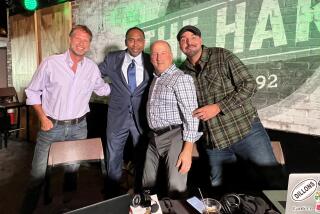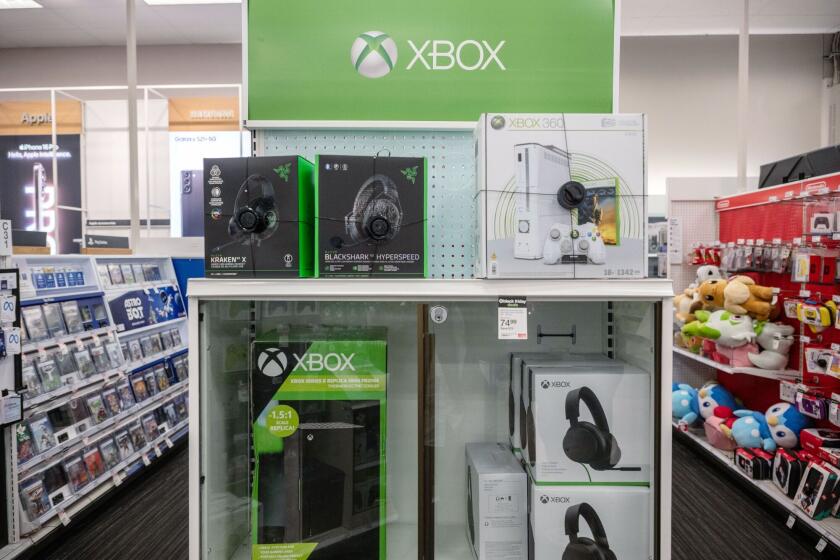HD Radio won’t get much help here
- Share via
HD Radio, introduced amid much hype in 2004 as a way to digitally improve the sound of FM and AM stations, has never much caught the ears of U.S. radio listeners.
Special receivers -- most of which are relatively expensive, tabletop models -- have to be bought to pick up the HD Radio signals. And the sound improvement, while noticeable, is not all that startling on FM.
“For most people, FM is quite sufficient,” said Richard Robinson, an analyst at research firm iSuppli Corp.
The very name HD Radio seemed to promise a lot in this era of high-definition television, better known as HDTV. But the HD in the radio technology doesn’t stand for high-definition. In fact, it’s such pure hype that it actually stands for nothing.
As iBiquity Digital Corp., which owns the HD Radio brand, admitted on its website, “It does not mean either hybrid digital or high definition, it is simply the branding language for this new technology.”
Maybe what was needed to boost the popularity of HD Radio was a hand-held player, a la the iPod.
Best Buy’s house brand, Insignia, recently introduced a $50 FM-only, portable HD Radio player complete with headphones, armband carrier, USB charger and built-in LCD screen to show the station name, artist and song title when available.
Locally, there’s no dearth of HD Radio signals to be had. More than 40 stations in Los Angeles, Orange, Riverside, San Bernardino and Ventura counties are simulcasting in HD and regular FM. Some have digital spin-off channels that can be heard only on an HD Radio receiver.
But Insignia’s little set, which is bulkier than an iPod but fits into the included armband, does little to make up for the shortcomings of HD Radio. The sound upgrade that’s supposed to be the hallmark of HD Radio is nearly unnoticeable on the Insignia player, in large part because of the substandard ear buds that come with the player. Also, the ear buds sit loose in the ears (at least they did in mine), making them far from ideal for use while jogging.
If you get the player, you’ll probably want to upgrade the ear buds right away, which will add to the cost if you don’t already have a good pair.
Another problem is that reception is hit-or-miss inside buildings. From where I sit at the Los Angeles Times I could receive only a handful of stations, and none of them was strong enough to get HD sound. Moving to a window helped greatly, but the best reception was outside.
So, if your gym happens to be underground or in the middle of a structure, make sure you can return the unit if using it while exercising is one of your main goals.
At least you can use the player to get the digital-only channels, but mostly they’re just rebroadcasts of existing stations or automated all-music services. A local exception is the hip-hop station KPWR-FM (105.9), which uses an HD channel to broadcast the HumDesi service with music and news from India.
Otherwise, the split-off channels are being mostly used to rebroadcast existing stations owned by the same company. They hardly add to consumer choices in radio.
The Insignia product would be a lot more attractive if it also played MP3s. That way, if the user was stuck in a situation where reception of HD Radio was problematic -- or no good channels were available -- it would be easy to switch over to tunes already uploaded to the device.
Microsoft has said that later this year it’s bringing out a model of its Zune portable player that can play both HD Radio and MP3s. Also looking toward the future, Robinson said he thought the format could gain a lot more interest if it was adopted widely into car radios.
Maybe. For the meantime, the initials in HD Radio might as well stand for humdrum.






